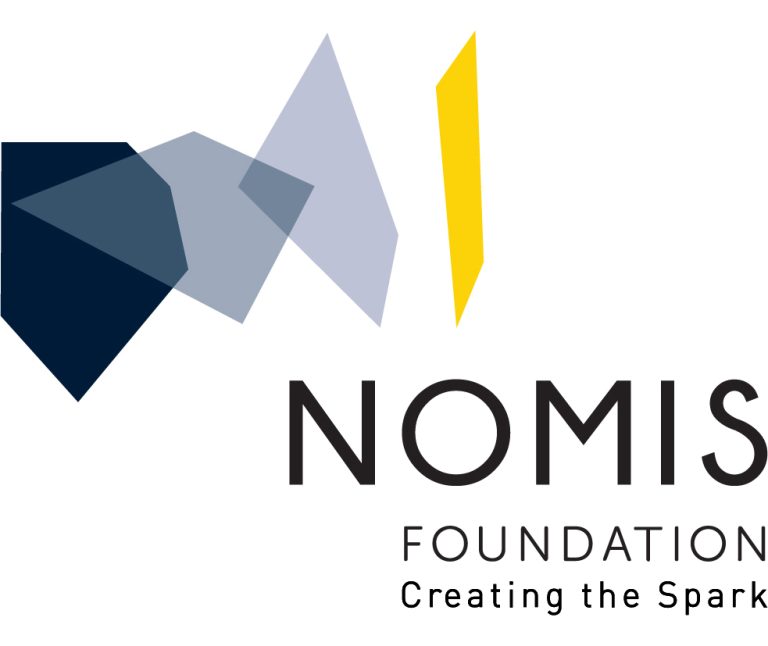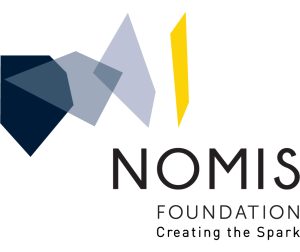DNA repair is directly performed by hundreds of core factors and indirectly regulated by thousands of others. We massively expanded a CRISPR inhibition and Cas9-editing screening system to discover factors indirectly modulating homology-directed repair (HDR) in the context of ∼18,000 individual gene knockdowns. We focused on CCAR1, a poorly understood gene that we found the depletion of reduced both HDR and interstrand crosslink repair, phenocopying the loss of the Fanconi anemia pathway. CCAR1 loss abrogated FANCA protein without substantial reduction in the level of its mRNA or that of other FA genes. We instead found that CCAR1 prevents inclusion of a poison exon in FANCA. Transcriptomic analysis revealed that the CCAR1 splicing modulatory activity is not limited to FANCA, and it instead regulates widespread changes in alternative splicing that would damage coding sequences in mouse and human cells. CCAR1 therefore has an unanticipated function as a splicing fidelity factor.

